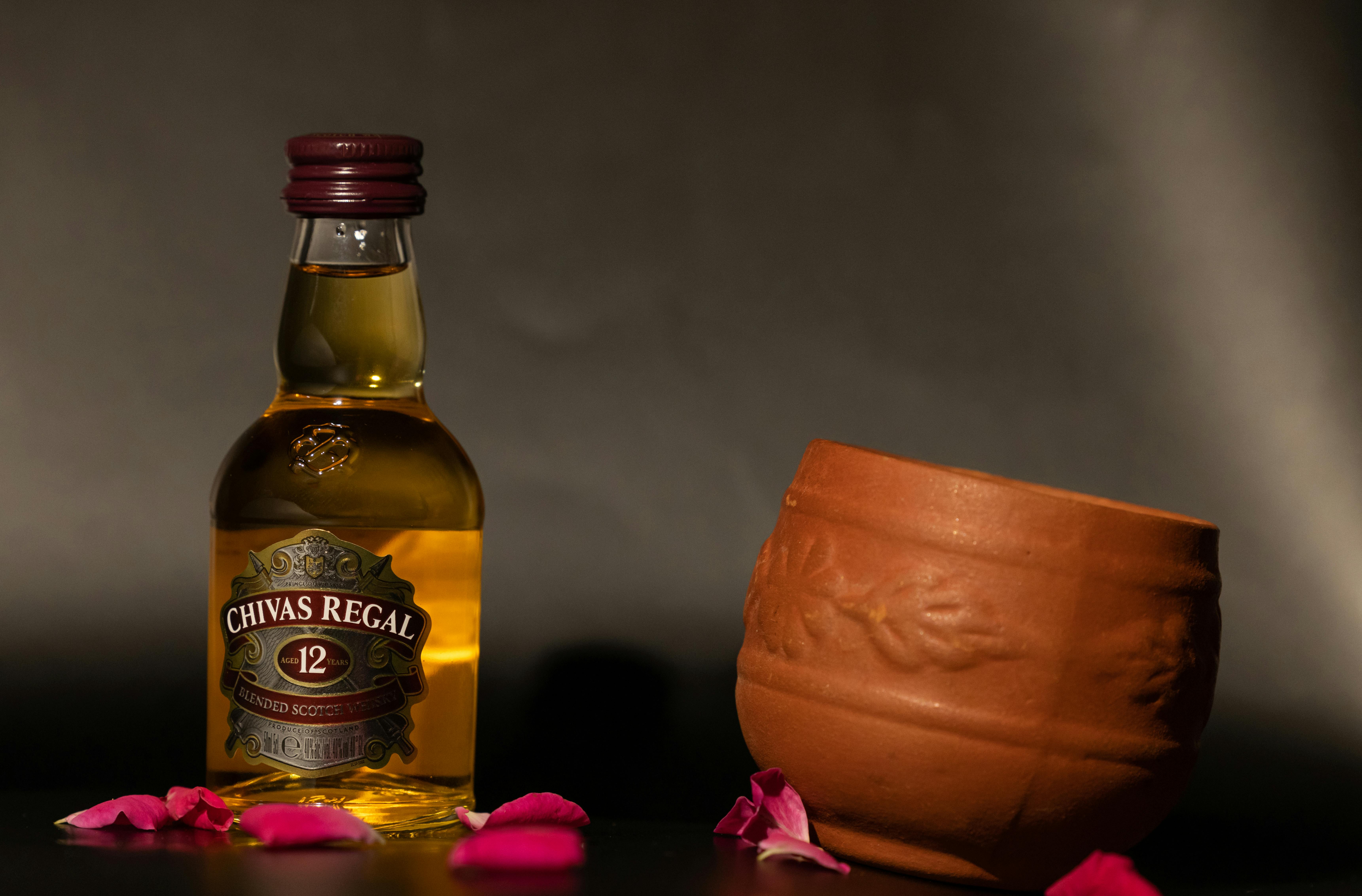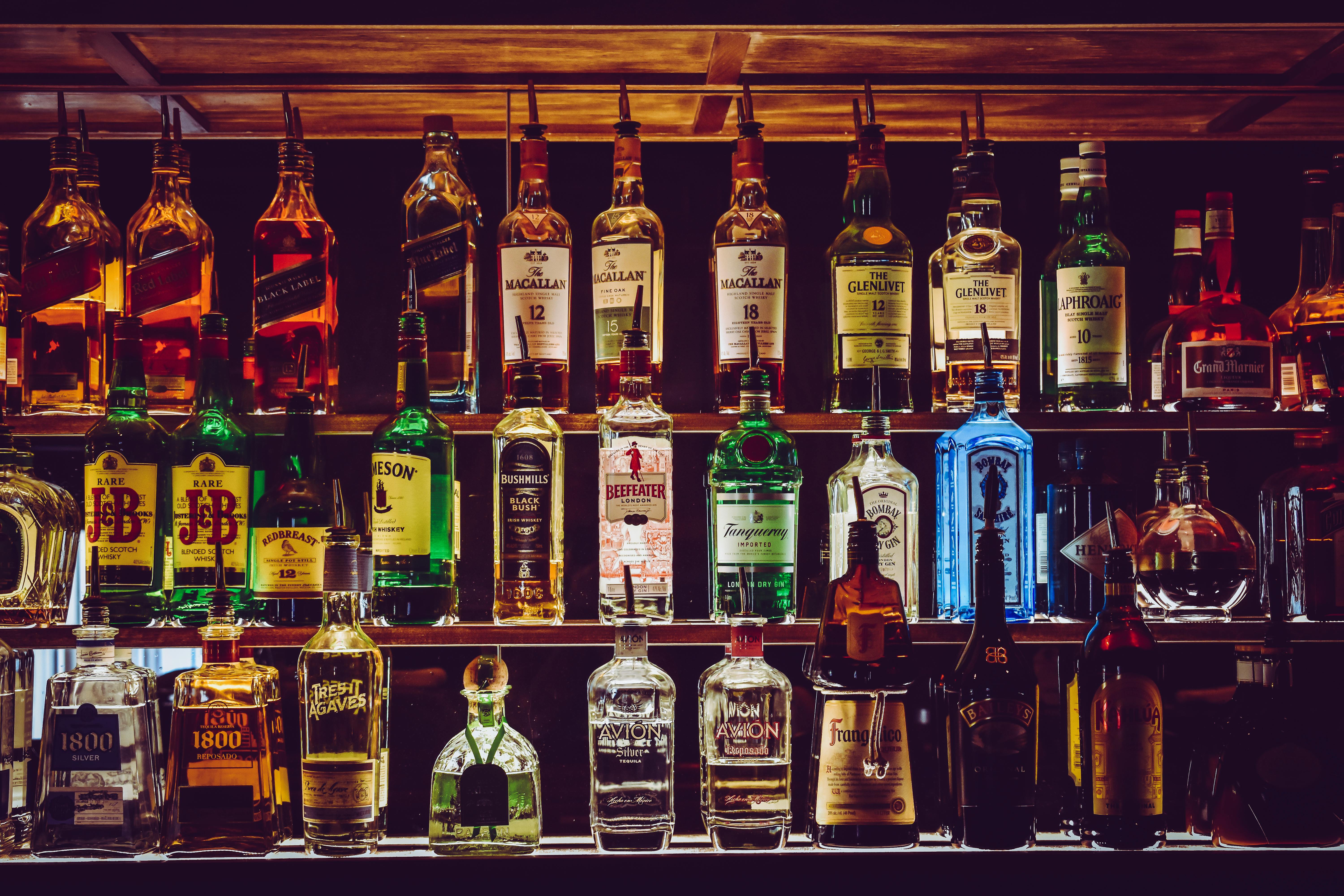Distilling whiskey is a craft that has been around for centuries. It involves the production of a spirit from a fermented grain mash, usually barley, wheat, rye or corn. Distilling whiskey requires careful attention to detail and the right equipment in order to produce a quality product. The process can be broken down into four main stages: mashing, fermenting, distilling and aging. In this guide, we’ll walk you through each step in the process so you can learn how to start distilling whiskey of your own.In order to distill whiskey, the following equipment is needed: a still, a mash tun, a condenser, an alcoholmeter, thermometer and hydrometer, fermentation vessel, yeast, water supply, collection vessels and hoses.
Choosing the Right Ingredients
Distilling whiskey requires carefully selecting the right ingredients. The right combination of grains, yeast, and water will create a unique flavor profile that is distinct for each batch of whiskey. There are a few things to consider when choosing the right ingredients for distilling whiskey.
Grains are an essential ingredient in whiskey and can be used in a variety of combinations to create unique flavors. Commonly used grains include malted barley, wheat, rye, and corn. Each grain brings its own distinct flavor profile to the mix, so it’s important to experiment with different combinations to determine which flavors work best together.
Yeast is also an important part of the distilling process and should be chosen carefully. Different types of yeasts will produce different flavors in the whiskey, so it’s important to select one that will bring out the desired characteristics in your batch.
Finally, water is also a key ingredient in making whiskey as it helps bring out the flavors of the other ingredients. Water quality can vary depending on location, so make sure you’re using filtered or distilled water for
Step 1: Gather the Necessary Equipment
The first step in setting up for distilling whiskey is to gather all of the necessary equipment. This includes a still, a heat source, a collection container, and any other items you might need such as tubing and hoses. Make sure to have all of the components you need before beginning.
Step 2: Set Up the Still
Once you have all of the necessary equipment, it’s time to set up the still. Start by connecting any tubing or hoses that may be required for your particular setup. Then attach the heat source, such as a propane burner or electric heating element, to the still. Make sure everything is securely connected and that no leaks are present.
Step 3: Prepare the Ingredients
The next step is to prepare the ingredients for distilling whiskey. Start by combining your desired grains with water in a large container and allowing them to soak overnight. This process is called mashing and will create a mash of fermentable sugars for distillation. Once this is done,
Mashing
The process of making whiskey begins with mashing, which is the process of combining grains with hot water. The mixture is then heated and stirred, allowing enzymes to break down the starches in the grain into sugars. The resulting liquid, known as wort, is then drained off and cooled before being transferred to a fermentation vessel. During this process, malt or other grains may be added for flavor.
Fermentation
Once transferred to the fermentation vessel, yeast is added to the wort and left to ferment for several days. During this time, the yeast converts the sugars in the wort into alcohol and carbon dioxide. This process produces a low-alcohol liquid known as wash. The wash is then distilled in order to increase its alcohol content.
Distillation
The distillation process involves heating up the wash in a still and separating out any impurities or unwanted flavors. This process produces a higher-proof liquid known as “low wine” that can then be further distilled in order to create an even higher-proof whiskey spirit.
Understanding Distillation and its Principles
Distillation is the process of separating a mixture of liquids by heating them so that the different components (or fractions) can be collected separately. It is a common technique used in many industries to refine and purify various liquids. The process of distillation involves heating a mixture of liquids, such as water and alcohol, until the different components evaporate at different temperatures. The vapours are then condensed and collected separately.
The most important principle behind distillation is that different substances have different boiling points. By changing the temperature of the liquid mixture, we can control which fraction will evaporate first, allowing us to separate it from other components in the mix. This means that if we want to collect a pure fraction, we can simply adjust the temperature until only that fraction is vaporised.
Another important principle behind distillation is that some substances vaporise faster than others. This means that if one component of a mixture has a lower boiling point than another, it will evaporate more quickly and can be collected separately from other fractions in the mixture.
Finally, distillation also relies on the principle of condensation. When vapours are

Different Types of Whiskey and How They Are Made
Whiskey is one of the most popular alcoholic drinks in the world. It is made from grain and aged in oak barrels, giving it distinctive flavors and aromas. There are many different types of whiskey, each with its own unique character. Some of the most popular types include Scotch, Irish, Bourbon, Rye, Japanese, Canadian, and American whiskeys.
Scotch whiskey is made from malted barley that has been dried over a peat fire. It is then aged for at least three years in oak barrels. Scotch has a strong peaty flavor that comes from the smoke used to dry the barley.
Irish whiskey is made from a grain mash of malted and unmalted barley. It is triple distilled in copper pot stills and then aged for at least three years in oak barrels. Irish whiskey has a mellow flavor with hints of vanilla and honey.
Bourbon whiskey is made from corn that has been mashed with other grains such as rye or wheat. It is then aged for at least two years in new charred white oak barrels. Bourbon usually has a sweet flavor with
What Is Proof?
Proof is a measure of the alcoholic content of a beverage, usually expressed as twice the percentage of alcohol by volume. For instance, whiskey that is 80 proof is 40 percent alcohol by volume. The term “proof” originates from the early 18th century when it was used to test the strength of spirits by mixing them with gunpowder and then igniting the mixture. If it burned, the spirit was considered “proof” and a higher proof meant more alcohol content.
How Does Proof Affect the Quality of Your Whiskey?
The higher the proof, the higher the concentration of alcohol in your whiskey, so in general, you can expect more flavor and depth from higher-proof whiskeys. This is because alcohol carries flavor compounds like esters and congeners that add complexity to whiskey. However, too much alcohol can overpower other flavors or mask subtleties in taste. Therefore, when selecting a whiskey for its flavor profile, it’s important to consider both its proof level and its flavor profile to ensure you get the best possible taste experience.
Analyzing Your Results
Once you have distilled your own whiskey, it is important to analyze your results in order to ensure that the flavor and potency of the whiskey meets your expectations. There are a few steps you can take to evaluate the quality of your whiskey and make sure it is up to par.
Check the Color and Clarity
The first step in analyzing your results is to check the color and clarity of the whiskey. You should look for a light golden hue in the whiskey, and it should be clear enough that you can see through it. If there is any sediment or cloudiness present, this could indicate that there was an issue during distillation and more filtration may be needed.
Test for Flavor
The next step is to test for flavor. Take a small sample of your whiskey and swirl it around in your mouth for a few seconds. This will allow you to assess the taste of the whiskey, as well as its overall flavor profile. Be sure to take note of any off-flavors or harsh notes that may be

Conclusion
Distilling whiskey is a process that requires patience and practice. It can be intimidating to try it for the first time, but with research and dedication, you can make your own whiskey at home. The key to successful whiskey distilling is to have the right equipment, understand the process, and follow all the safety protocols. With the proper knowledge, resources, and commitment, you can create your own unique batch of whiskey that you can be proud of.
Making your own whiskey is an exciting experience that can bring out your creativity. It is a great way to express yourself through a craft that has been around for centuries. Don’t let fear or inexperience prevent you from starting this journey; with enough dedication and effort you will soon have your very own batch of whiskey!

